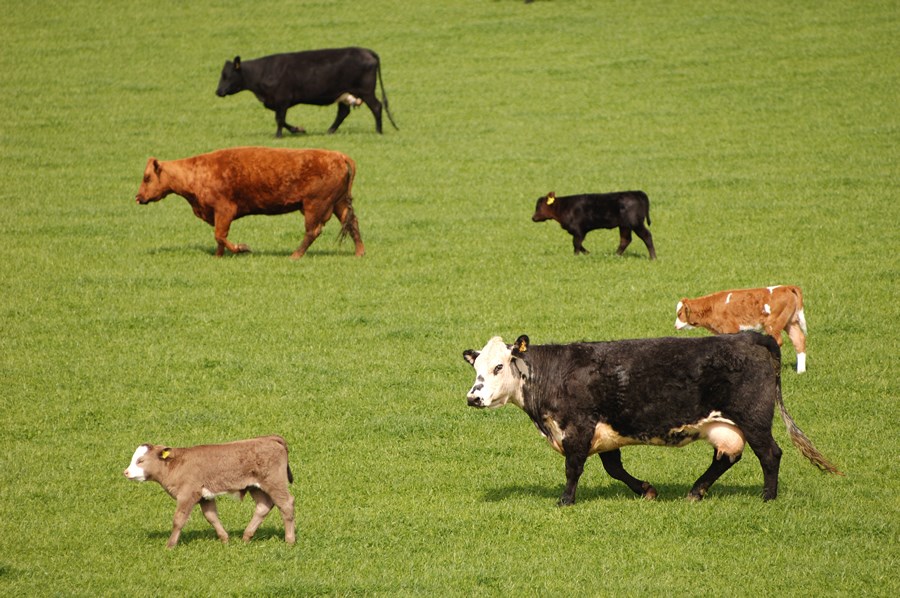
Scotland’s smallest suckler herds have won a crucial reprieve, as the Scottish government agrees to exempt them from tough new calving rules.
The change means smaller suckler herds will not be included in the new 410-day calving interval requirement under the Scottish Suckler Beef Support Scheme (SSBSS).
NFU Scotland has long argued that a small claim derogation is essential to safeguarding payments for hundreds of smaller herds across the country.
It says the exemption upholds the core socio-economic principles that have underpinned coupled support for the beef sector since the scheme’s inception in 2005.
While the calving interval condition is intended to drive improved technical efficiency and reduce emissions across the majority of herds, the union stresses that the contribution of smaller units must be assessed differently.
Jonnie Hall, NFU Scotland director of policy, described the move as a “sensible and proportionate step” that the union had been calling for.
He emphasised that while smaller, more vulnerable herds account for less than 2% of total suckler emissions, their wider contribution to biodiversity and land management is important. “This decision rightly reflects that contribution,” he said.
Highlighting the need for a fair approach, Mr Hall added: “The same policy-driven expectations aimed at a herd of 200 suckler cows on a mixed arable and grassland unit simply cannot apply to a crofter or new entrant with five cows on a hillside.”
He said the move also shows a welcome recognition that agricultural support cannot focus solely on cutting emissions.
“It’s also about the socio-economic and nature benefits of keeping small suckler herds in what are mostly remote and fragile areas,” he explained.
As new conditions such as Whole Farm Plans and Enhanced Greening are introduced to direct support, Mr Hall warned of the need to avoid placing a disproportionate burden on small-scale farmers.
“Their contribution to the new objectives of support must be measured as much by the rural communities and nature they sustain, alongside the food they produce, as by their contribution to climate targets."
